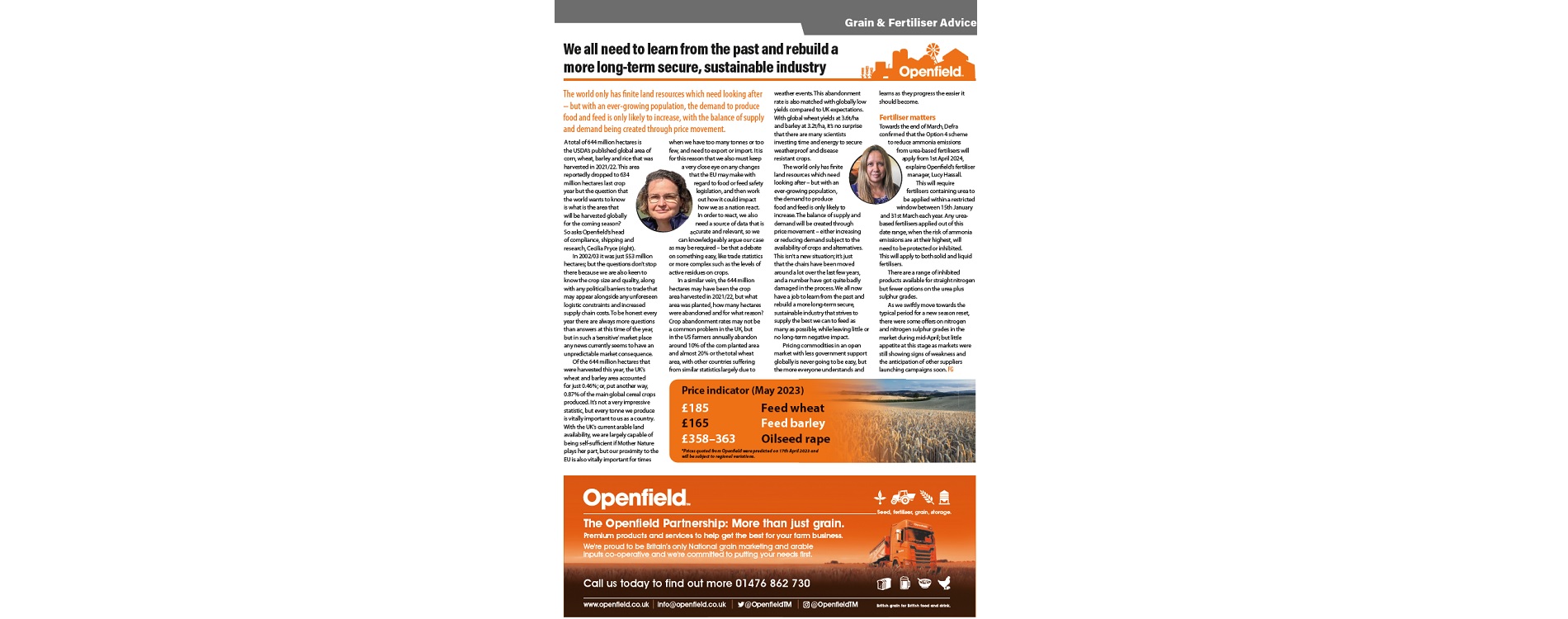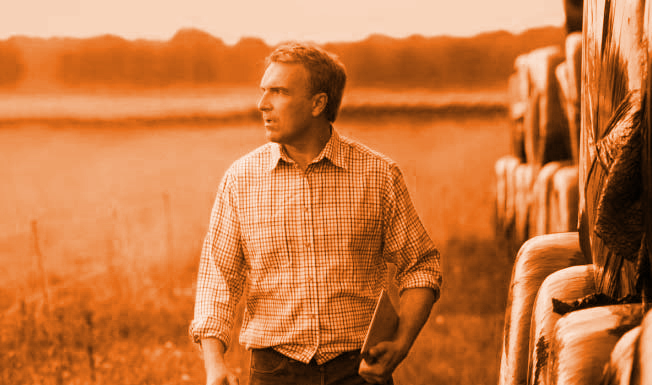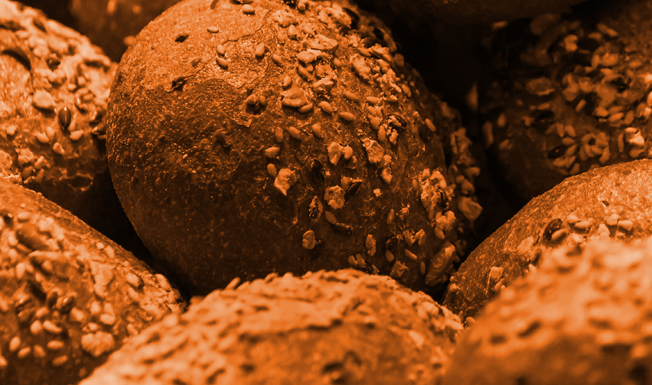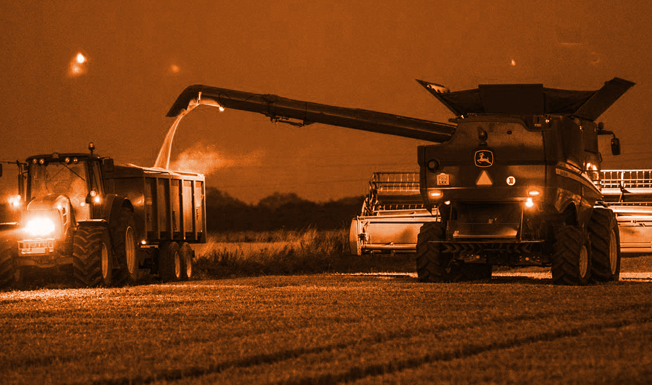We all need to learn from the past and rebuild a more long-term secure, sustainable industry
The world only has infinite land resources which need looking after – but with an ever-growing population, the demand to produce food and feed is only likely to increase, with the balance of supply and demand being created through price movement.
A total of 644 million hectares is the USDA’s published global area of corn, wheat, barley and rice that was harvested in 2021/22. This area reportedly dropped to 634 million hectares last crop year but the question that the world wants to know is what is the area that will be harvested globally for the coming season? In 2002/03 it was just 553 million hectares; but the questions don’t stop there because we are also keen to know the crop size and quality, along with any political barriers to trade that may appear alongside any unforeseen logistic constraints and increased supply chain costs. To be honest every year there are always more questions than answers at this time of the year, but in such a ‘sensitive’ market place any news currently seems to have an unpredictable market consequence. Of the 644 million hectares that were harvested this year, the UK’s wheat and barley area accounted for just 0.46%; or, put another way, 0.87% of the main global cereal crops produced. It’s not a very impressive statistic, but every tonne we produce is vitally important to us as a country.
With the UK’s current arable land availability, we are largely capable of being self-sufficient if Mother Nature plays her part, but our proximity to the EU is also vitally important for times when we have too many tonnes or too few, and need to export or import. It is for this reason that we also must keep a very close eye on any changes that the EU may make with regard to food or feed safety legislation, and then work out how it could impact how we as a nation react.
In order to react, we also need a source of data that is accurate and relevant, so we can knowledgeably argue our case as may be required – be that a debate on something easy, like trade statistics or more complex such as the levels of active residues on crops. In a similar vein, the 644 million hectares may have been the crop area harvested in 2021/22, but what area was planted, how many hectares were abandoned and for what reason? Crop abandonment rates may not be a common problem in the UK, but in the US farmers annually abandon around 10% of the corn planted area and almost 20% or the total wheat area, with other countries suffering from similar statistics largely due to weather events. This abandonment rate is also matched with globally low yields compared to UK expectations. With global wheat yields at 3.6t/ha and barley at 3.2t/ha, it’s no surprise that there are many scientists investing time and energy to secure weatherproof and disease resistant crops.
The world only has infinite land resources which need looking after – but with an ever-growing population, the demand to produce food and feed is only likely to increase. The balance of supply and demand will be created through price movement – either increasing or reducing demand subject to the availability of crops and alternatives. This isn’t a new situation; it’s just that the chairs have been moved around a lot over the last few years, and a number have got quite badly damaged in the process. We all now have a job to learn from the past and rebuild a more long-term secure, sustainable industry that strives to supply the best we can to feed as many as possible, while leaving little or no long-term negative impact.
Pricing commodities in an open market with less government support globally is never going to be easy, but the more everyone understands and learns as they progress the easier it should become.
Fertiliser matters
Towards the end of March, Defra confirmed that the Option 4 scheme to reduce ammonia emissions from urea-based fertilisers will apply from 1st April 2024. This will require fertilisers containing urea to be applied within a restricted window between 15th January
and 31st March each year. Any urea based fertilisers applied out of this date range, when the risk of ammonia emissions are at their highest, will need to be protected or inhibited. This will apply to both solid and liquid fertilisers. There are a range of inhibited products available for straight nitrogen but fewer options on the urea plus sulphur grades.
As we swiftly move towards the typical period for a new season reset, there were some offers on nitrogen and nitrogen sulphur grades in the market during mid-April; but little appetite at this stage as markets were still showing signs of weakness and the anticipation of other suppliers launching campaigns soon.




